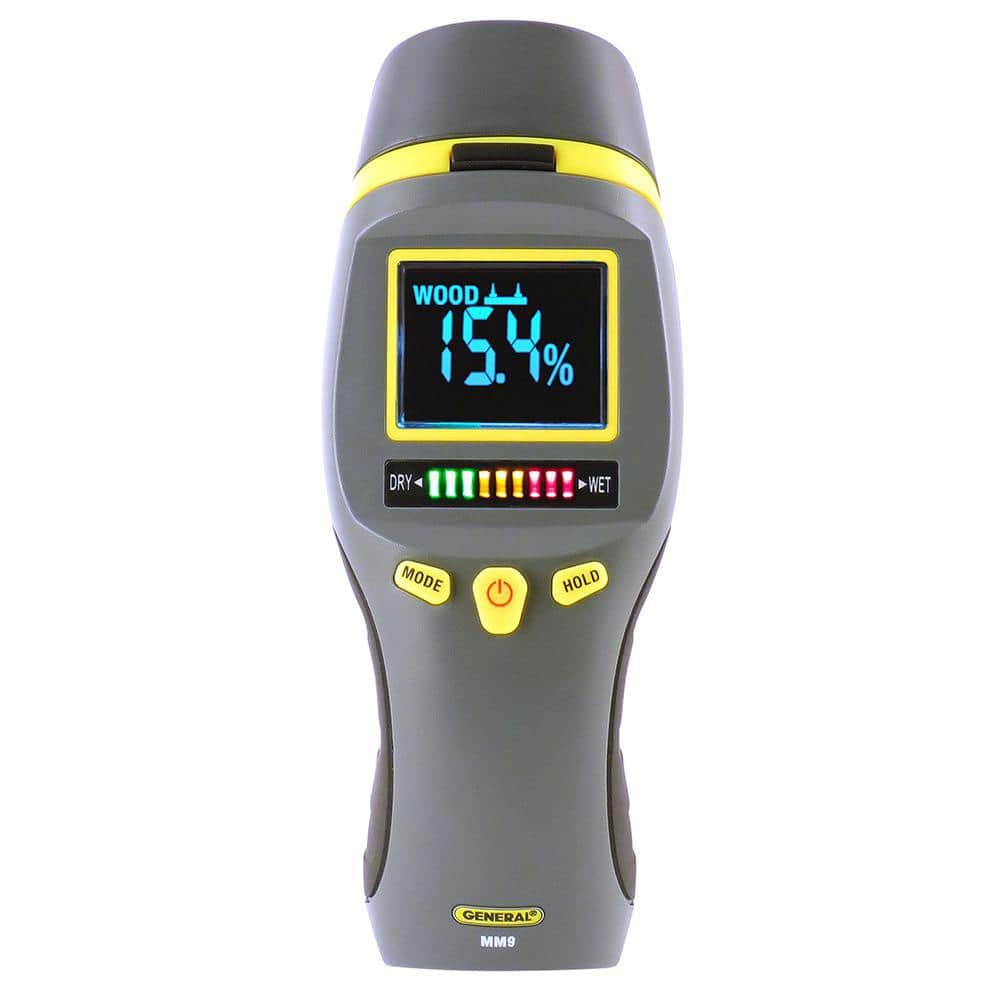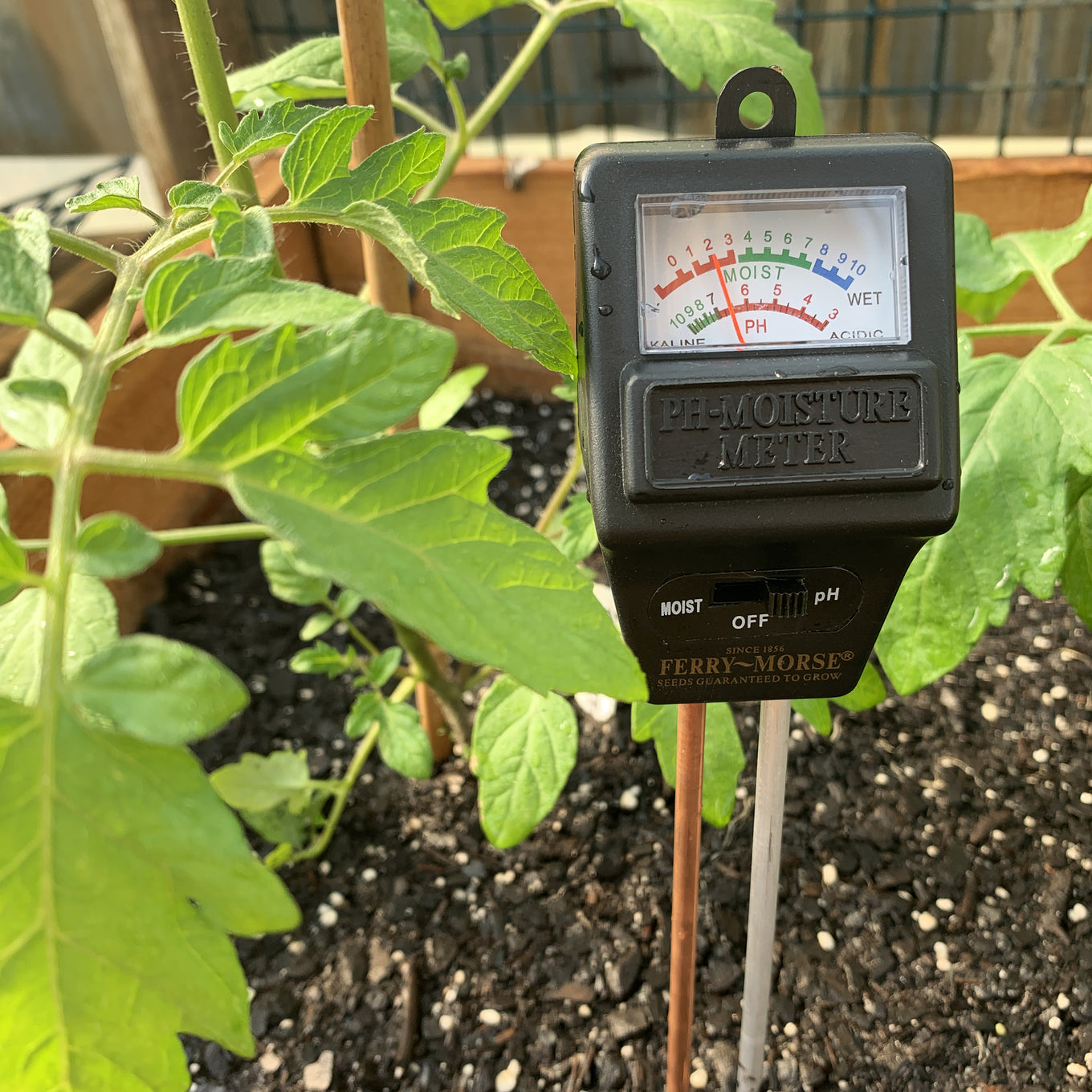Comprehending the Different Kinds Of Moisture Meters and Their Applications
Wiki Article
Explore the World of Moisture Meters: Everything You Need to Know
In the realm of dampness meters exists a world of precision and practicality that usually goes undetected. Recognizing just how moisture meters run, the various types available, and their varied usages can shed light on their relevance in making certain high quality and efficiency.How Dampness Meters Job
Dampness meters run by determining the electric conductivity or capacitance of materials to determine the moisture content existing - Moisture Meter. These meters are indispensable tools throughout numerous industries, including building, farming, and woodworking. By making use of various techniques such as pinless or pin-type innovation, moisture meters supply exact analyses that assist professionals make educated choicesPin-type moisture meters work by placing the sharp pins right into the material being evaluated. On the other hand, pinless wetness meters make use of electro-magnetic signals to scan a bigger location without creating any kind of damage to the material's surface.
No matter the method used, dampness meters play an essential function in avoiding concerns such as mold and mildew development, architectural damage, or item flaws triggered by excess dampness. Recognizing just how these meters job is essential for ensuring the quality and integrity of products in numerous applications.
Kinds Of Wetness Meters
Given the essential duty wetness meters play in various sectors, it is necessary to comprehend the different kinds offered to professionals for properly examining wetness degrees. There are mostly two major kinds of moisture meters: pinless and pin-type wetness meters.
Pin-type moisture meters use two pins that are put into the product being checked to measure the electric resistance between them. This approach is typically made use of for wood, drywall, and various other building products. Pin-type meters offer specific readings at details depths, making them ideal for determining moisture slopes.
On the various other hand, pinless wetness meters make use of electromagnetic sensing unit plates to scan a bigger area of the material without creating any damages. This kind appropriates for promptly scanning large locations and is commonly utilized for floor covering, walls, and ceilings. Pinless meters are hassle-free for taking readings on finished surface areas without leaving any kind of visible marks.
Both kinds of dampness meters have their advantages and are selected based upon the specific demands of the work at hand. Recognizing the differences between these kinds is vital for experts to make precise moisture analyses.
Applications Across Industries
With diverse capabilities, moisture meters discover prevalent application across different markets, aiding professionals in making certain optimal conditions for products and structures. In the agriculture field, wetness meters are invaluable for figuring out the dampness web content in grains, seeds, and hay, ensuring quality control and stopping mold and mildew development. Building and construction experts count on wetness meters to assess the dampness degrees in structure materials like drywall, concrete, and timber, which is crucial for maintaining structural integrity and preventing issues like rot or Full Report mold and mildew. The floor covering sector uses wetness meters to determine the moisture content in subfloors prior to mounting numerous flooring, preventing costly problems because of excess wetness. In the food sector, wetness meters are used to monitor and regulate moisture levels in products such as grains, nuts, and dried fruits to keep quality and quality. Additionally, dampness meters play a crucial function in the restoration and damage analysis market by helping professionals recognize and resolve water damage in structures promptly. Throughout these diverse industries, dampness meters are crucial devices for making sure the high quality, security, and durability of different materials and items.Tips for Using Wetness Meters
When measuring the wetness content in different products,Utilize the moisture meter's calibration settings to make sure exact readings. Calibration is important for the correct functioning of a dampness meter. Prior to each usage, it is advisable to inspect and change the calibration setups according to the details material being evaluated. In addition, make certain the meter is set to the appropriate dampness variety for the product you are gauging to obtain the most accurate outcomes.
When utilizing a pin-type wetness meter, place the pins to the proper deepness suggested for the material being checked. This ensures that the moisture readings are extracted from the proper deepness within the product, supplying a much more precise representation of its moisture content. For pinless moisture meters, bear in mind to keep correct contact with the material's surface to obtain dependable readings.

On a regular basis inspect and replace the batteries in your dampness meter to stop incorrect readings as a result of low power. Shop the Read More Here meter in a dry and secure location when not in use to lengthen its life expectancy and maintain its precision. By adhering to these pointers, you can optimize the efficiency of your moisture meter and get precise dampness material measurements across various materials.

Upkeep and Calibration
To make certain the precision of wetness web content dimensions, routine upkeep and calibration of the moisture meter are essential steps in its correct performance. Calibration changes the dampness meter to guarantee that it supplies consistent and trusted results.Calibration needs to be carried out occasionally, particularly if the moisture meter is used often or in crucial applications where specific measurements are called for. Numerous moisture meters come with calibration devices or can be calibrated by professional solutions - Moisture Meter. It is suggested to maintain a log of calibration days and results to track the performance of the wetness meter gradually. By calibrating the wetness and keeping meter routinely, individuals can trust the precision of the dampness material measurements gotten.
Conclusion
In conclusion, dampness meters play a critical duty in different industries by accurately gauging the wetness content of products. Comprehending exactly how these devices function, the various types available, and correct maintenance and calibration are important for obtaining reliable outcomes. Whether in building and construction, agriculture, or manufacturing, the usage of dampness meters aids make sure quality assurance and performance in procedures.Building professionals count on wetness meters to assess the dampness levels in building products like timber, drywall, and concrete, which is important for preserving structural honesty and protecting against issues like rot or mold and mildew. The flooring market makes use of dampness meters to gauge the moisture web content in subfloors before mounting numerous floor treatments, protecting against expensive problems due to excess wetness.Utilize the dampness meter's calibration settings to make sure accurate analyses when determining the moisture web content in numerous materials. By following these ideas, you can make the most of the performance of your moisture meter and get exact navigate to this site wetness web content dimensions across different products.
In conclusion, wetness meters play an important role in numerous industries by accurately gauging the dampness content of products.
Report this wiki page